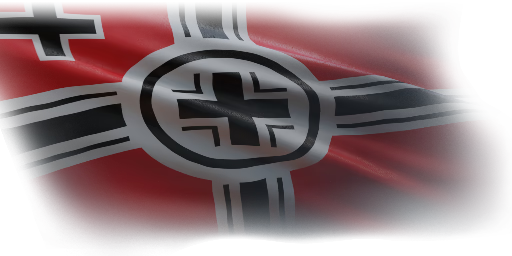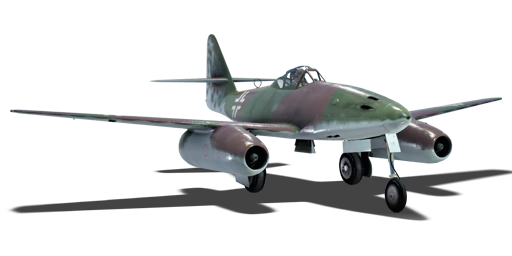



The Me 262 A-1a was a variant of the Me 262, the world's first operational jet-powered fighter aircraft. It was designed and produced by Messerschmitt in Germany during World War II. The Me 262 A-1a, also known as Schwalbe (Swallow), was used as a defensive interceptor against Allied bombers and fighters. It had revolutionary Junkers Jumo 004 turbojet engines that gave it a top speed of over 540 miles per hour, making it much faster than any Allied fighter at the time. The Me 262 A-1a was armed with four 30 mm cannons and could also carry air-to-air rockets. The Me 262 A-1a entered service with the Luftwaffe in mid-1944 and proved to be an effective dogfighter against Allied fighters. It made its first combat mission on July 26, 1944, when it attacked a British Mosquito reconnaissance plane over Bavaria. It was the first time in history that a jet fighter engaged in air-to-air combat. German pilots claimed 542 Allied aircraft were shot down by the Me 262, although higher claims have sometimes been made. However, the Me 262 also faced many problems, such as reliability issues with the engines, shortages of fuel and materials, and interference from Hitler, who wanted the Me 262 to be used as a fighter-bomber instead of an interceptor. The Allies also countered the Me 262 by attacking it on the ground and during takeoff and landing. The Me 262 had little impact on the war because of its late introduction and the small numbers that entered service. The Allies captured several Me 262s, which they examined and tested in flight. Some were also operated by Czechoslovakia until 1951.
The Me 262 A-1a has been in the game since the start of the Open Beta Test prior to Update 1.27. This aircraft is a true heavy fighter in every way: bomber "box formations" fall apart under your heavy rocket bombardments, flying fortresses perish within seconds by this machine's MK 108 cannons, whose unusually low velocity you will have to take into account. However, it may struggle against other jets that have superior speed and manoeuvrability. The armament is what makes the Me 262 a formidable opponent but also a challenging one to master.
flaps
flaps
flaps
brake
| Belt | Belt filling | Armor penetration (mm) at a distance: | |||||
|---|---|---|---|---|---|---|---|
| 10 m | 100 m | 500 m | 1000 m | 1500 m | 2000 m | ||
| HEI-T/I | 6 | 6 | 6 | 6 | 6 | 6 | |
| HEI-T/HEI-T/HEI-T/HEF-I | 4 | 4 | 4 | 4 | 4 | 4 | |
| HEI-T/HEI-T/HEI-T | 4 | 4 | 4 | 4 | 4 | 4 | |
| HEI | 4 | 4 | 4 | 4 | 4 | 4 | |












Flight performance | |
|---|---|
Survivability |
|---|
Weaponry | |
|---|---|